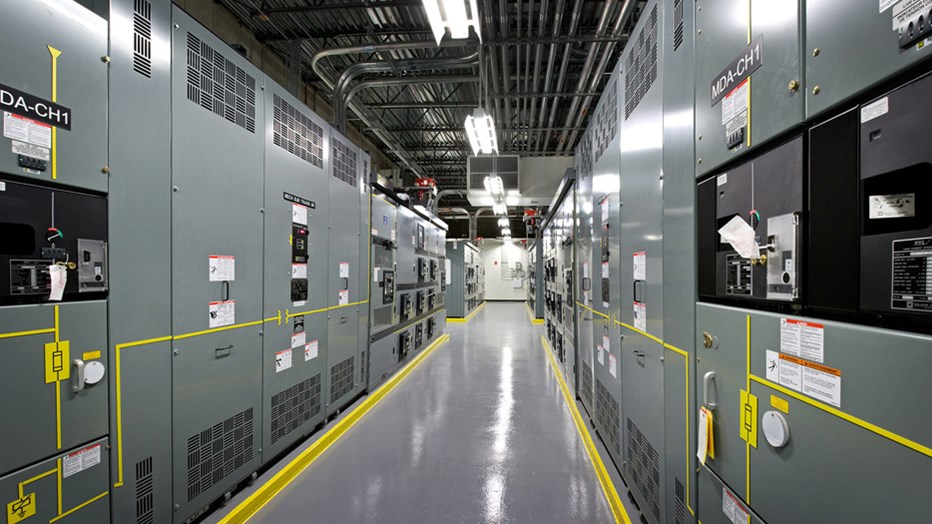Skanska provided construction management services for 1,000,000-SF of infrastructure improvements and 150,000-SF of Tier III+ raised floor computer space at the corporate campus. During our tenure at the campus, Skanska has completed over 32 projects, totaling $44 million in construction costs. The scope of work encompasses a wide range of projects, from simple mechanical and electrical improvements to new generator buildings and major facility expansions in a live data center environment. By leveraging engineering and construction expertise Skanska was able to integrate the owner, design, and construction teams to improve performance, reduce costs and deliver the project ahead of the client’s schedule.
The expansion of the Southbury data center is one of the most complex projects Skanska has undertaken at the corporate campus. IBM required that construction work be performed in an operational 24 hours per day, seven, days per week, live facility. The building and electrical equipment could not be shut down or interrupted, as IBM could not tolerate any impact to their existing operation. To mitigate system failure, Skanska proposed to transfer over critical data center medium voltage load while the facility was in operation. This was successfully executed using IBM Risk Windows protocols. Notably, Skanska completed this project four months ahead of schedule to enable IBM to meet rapidly escalating customer load demand.
The Southbury expansion project consisted of three phases. Phase I included the upgrade and installation of two new 2000kVA redundant (N+1) UPS computer substations, two 13.8kV three-phase step-down transformers (28,000 lbs. each), 960 lead-calcium battery jars (1920 cells) and the fabrication and installation of 1,400-LF of bus duct.
Phase II included the installation of a new diesel generator plant with a standby rating of 2500 kVA/2 MW in an N1 plant rating. The new facility accommodates a future expansion of 12 2500 kVA/200 kW generators. The initial build consisted of three diesel generators, day tanks, switchgear rooms, buss and control equipment. Approximately, 2,500-LF of 15 kV electrical duct bank was installed in A and B configurations. Underground duct banks were also installed to connect the new diesel generator building and the existing Building B main switchgear room.
In 2008 Skanska provided construction management services for Phase III of the project, a major upgrade involving the expansion of the new generator building. The scope of work included the construction of six additional generator bays and installing four new generators.
Providing innovative, cost-effective solutions
During the preconstruction review, the team discovered a critical switchgear metering cabinet was omitted by a third-party engineering consultant. If left undiscovered, this oversight would have translated into a five-month delay. Skanska provided a solution to prevent a major halt to the project: a temporary electrical feed to maintain the schedule and continue the UPS installation. This solution was a major factor in completing the project on time.
Skanska also detected an issue with the pre-purchased substation transformers. Weighing 28,000 lbs each, the units were too large to be delivered and installed the building. To resolve this situation, Skanska excavated a new electrical duct bank 22-feet below grade, penetrating the foundation wall to install the transformers into the existing switchgear room. The highly sensitive excavation and installation had to be completed with minimal vibration to avoid interruption to the existing underground 13.8 kV utility feeders and existing UPS systems, which served critical load, and therefore could not be interrupted.

